
From Caroline Henry | WINE-SEARCHER, Sunday, 05-Jan-2020
The home of the noble grape varieties is becoming more open to the idea of genetic variation.
Traditionally wine has been produced from Vitis vinifera, the grape vine native to Europe, and the most popular wine grapes such as Cabernet Sauvignon, Merlot, Chardonnay and Pinot Noir are French.
However, the French wine landscape may be on the verge of a revolution with the Institut National de la Recherche Agronomique (INRA)’s slow push for « resistant grape varieties, » better known under their code name INRA-ResDur.
According to Christophe Schneider, research coordinator of the innovation program INRA-ResDur, the « INRA-ResDur varieties will greatly benefit a more ecological transition of the vineyard, » because of their polygenic resistance character against powdery (oidium) and downy mildew, the two most common fungal diseases in French vineyards.
Traditionally wine has been produced from Vitis vinifera, the grape vine native to Europe, and the most popular wine grapes such as Cabernet Sauvignon, Merlot, Chardonnay and Pinot Noir are French.
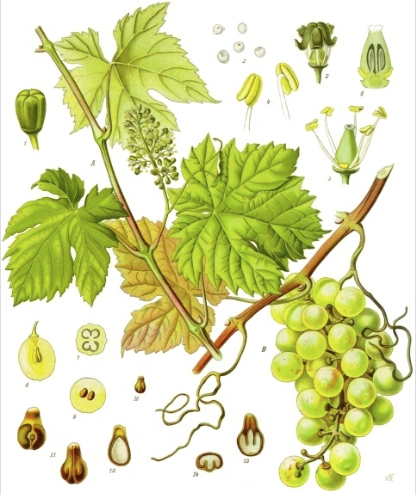
The search for resistant grape varieties is not new; in fact it has been at the forefront of wine research since the end of the 19th Century. At that time, vine exchanges between the US and Europe led to the introduction of several pests in European vineyards. Upon introduction, phylloxera proved rather deadliest, destroying almost two thirds of the French vineyards, and hybridization eventually provided the solution in the form of resistant rootstock.
Today most rootstocks are a crossing of the American Vitis riparia, Vitis rupestris and Vitis berlandieri; they are not only resistant to phylloxera, but are also adapted to soil and weather conditions and differ according to the desired vine vigor.
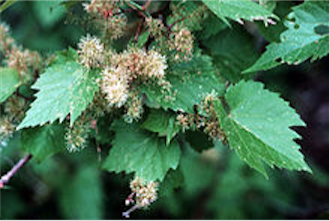
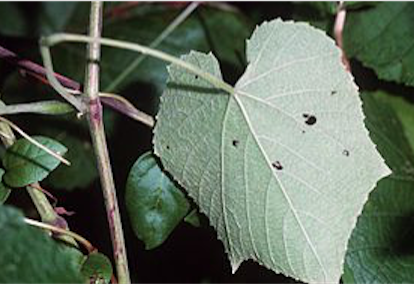
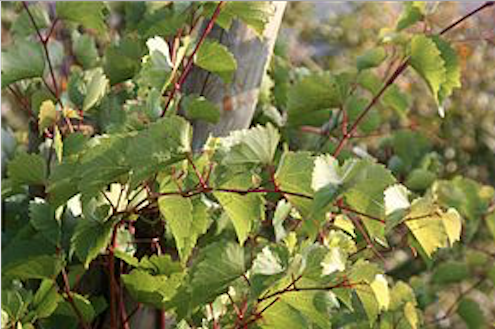
Over the past century, hybridization research continued and shifted its focus to finding solutions for black rot and mildew, the other American pests introduced in European vineyard in the 19th century. Up till now, chemicals rather than hybridization have been the go-to solution to fight these diseases, but economic and environmental pressures have created a demand for a more durable solution, to which resistant grape varieties seem to be the perfect answer.
Like resistant rootstock, resistant grape varieties are created through hybridization. According to the dictionary, hybridization is the “process of an animal or plant breeding with an individual of another species or variety”; in this case by crossing the European vitis vinifera varieties with more-resistant American and Asian species. The resistant grape cultivar is created by the process of cross-pollination, and not by genetic modification (implanting DNA from one variety in the cells of another variety). The cross-pollination process consists of first castrating the grape flowers of the varietal we want to cross; then the pollen of the resistant cultivar is introduced and the fertilized grape bunch is protected by a paper cover till blooming is completed. This avoids cross contamination. At harvest, the pips are extracted, replanted and subjected to a strict selection process to only retain those with the desired resistance DNA markers.
Replanting in laboratory conditions allows for easier extensive testing of the DNA markers, and helps to speed up the selection process. After the laboratory tests, the resistant cultivars are introduced to the vineyard and further tested to make sure they remain efficient in real-life situations. The resistant cultivars are also taste-tested to make sure a quality wine can be produced. Other vitis vinifera varieties (American or Asian) have long been considered to create poor-quality wine, hence the importance of these last tests.
In 2010, the INRA rolled out its ResDur program, in partnership with the Institut Francais de la Vigne et du Vin (IFV), to include regional breeding programs. The aim was to produce cultivars « carrying multi-loci resistance and producing wines of regional character » by 2030. Today all the major French wine regions are involved and the INRA has lauded the initiative as « the biggest grapevine varietal improvement effort ever undertaken in France and perhaps even in the world. »
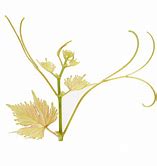
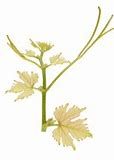
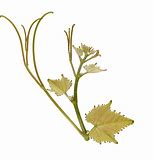
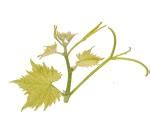
In 2018, four resistant cultivars (Artaban, Vidoc, Floreal and Voltis) were accepted in the French official grape catalog. Schneider stipulated that « the inclusion of the first four Inra-ResDur varieties in the official catalog proved the concept of grapevine varieties combining polygenic resistance to downy and powdery mildew with very good vineyard and wine quality performances. »
Furthermore, according to Schneider an accelerated selection procedure has now been established, based on marker assisted selection and multi-location field trials, reducing the duration from seed germination to catalog entry to a mere 15 years. This implies that the results of the INRA’s regional programs creating resistant cultivars specifically suited to the area can find their way into the catalogue, and hence the wine landscape, by 2030.
France is not the only European country to invest in resistant grape varieties via hybridization. In fact, one could argue that it is rather late in the game with its creation of resistant varieties compared to Germany, Italy, Switzerland, Austria and others. Before the inclusion of the INRA-ResDur, 25 European resistant cultivars have found their way in the French grape catalog, either with a temporary or permanent status. This means that winegrowers have been able to plant and vinify them and sell the resulting wines. However, there is a catch. The European appellation regulations stipulate that only 100% Vitis vinifera varieties may be used for appellation wine, which means that wines made from resistant grape varieties can only be sold as Vin de France, for now.
Growers in the Languedoc-Roussillon and Bordeaux have been the first to embrace resistant cultivars and, today, a few hybrid wines have made their way onto the market.
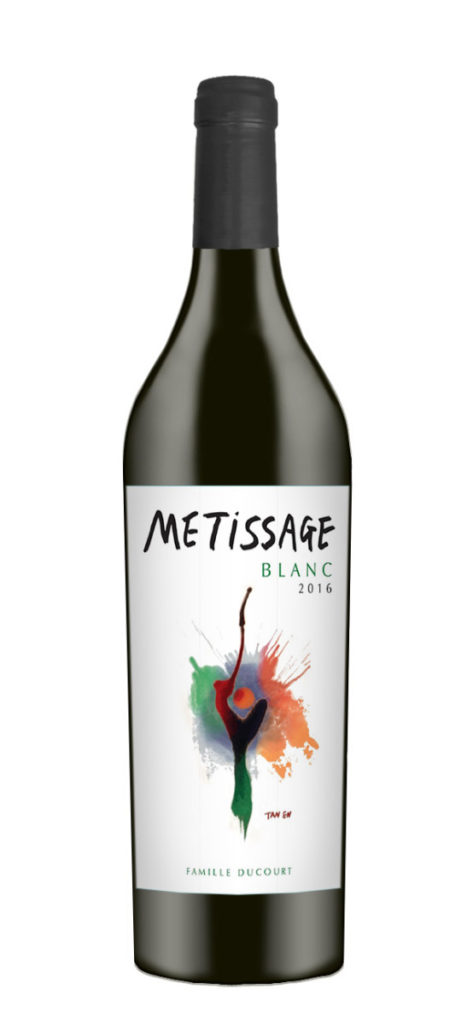
The Ducourt family in Bordeaux planted 1.7 hectare with Cabernet du Jura (Jural, red) and 1.3 hectare of Réselle (white) in 2014. Both cultivars were developed in Switzerland in 1991 and are currently accepted in France, providing labeling restrictions are respected. Since 2016, the Ducourts have produced two cuvées from the hybrids: Métissage Blanc (left) is made from Réselle and Métissage Noir from Cabernet Jura. Jonathan Ducourt, the family’s sales and marketing manager, told Wine-Searcher that the resistant cultivars are a real boon for the environment as they require very little chemical spraying.
Today the company has around 10 hectares planted with resistant cultivars and over the past five years, the total amount of copper used has been less than 0.7 kg/ha, compared to 4 kg/ha for the 20 hectares they farm organically with regular varieties. The resistant cultivar vineyards are only sprayed twice during the growing season (with copper and sulfur), predominantly to avoid black rot.
These figures are in line with the data provided by INRA as well as the data provided by the Comité Interprofessionnel des Vins de Champagne (CIVC), which has been testing INRA-ResDur varieties since 2011. However, the integration of resistant varieties in Champagne is less straightforward than in other regions, mainly because the appellation makes no allowance for Vin de France-style wines. Rather than change this stipulation, which would weaken the appellation, the CIVC is banking on a relaxation of the European appellation requirements. The European appellation regulations are up for review next year and the French, Germans and Italians, among others, are favorable to have the European resistant cultivars meet appellation standards. This would allow the different wine regions to include resistant cultivars within the appellation regulations.
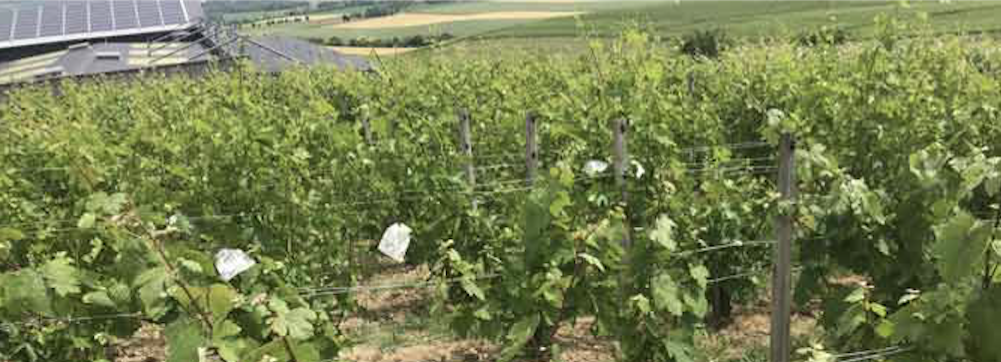
Anticipating European appellation changes, the CIVC is keen to provide Champagne producers with the opportunity to trial resistant cultivars. They have conducted several technical experiments to guarantee a quick and easy adoption of Voltis through top grafting, a procedure which so far remains uncommon in the Champagne vineyards. But it will allow the Champenois to breach the timeframe needed to develop more suitable resistant cultivars through the INRA ResDur regional program. Arnaud Descotes, technical director at the CIVC, explained that in the next decade Voltis seems to be an ideal solution for areas that suffer year in year out from mildew, even if today there are still some doubts regarding the flavor profile. He added « getting the right flavor profile remains at the heart of our research and to do this we are continuing crossing experiments with all seven authorized grape varieties. Nevertheless, introducing Voltis for a reduced timeframe – maximum 15 years – with plantation restrictions (maximum 5% of the producer’s surface) and restrictions in the blend (maximum 10% of the blend) will greatly help winemakers in disease affected areas from as soon as 2021. »

However, not everyone adheres to authorizing resistant cultivars in the appellation regulations. Xavier Planty, (right) co-owner of Château Guiraud in Sauternes, strongly objects to the authorization of resistant cultivars in appellation wines. Planty claims one cannot guarantee the typicity of an appellation wine when the grape varieties used to create it have been « watered down« . He warns that the integration of resistant cultivars will significantly modify the appellation integrity and eventually may lead to the death of the appellation system.
Planty further points out that besides the change in flavor profiles, the AOC’s biodiversity is directly at risk. Biodiversity already took a big hit in French vineyards with the introduction of specific clonal varieties in the 1970s. Today, these clones have replaced many of the less-productive and more disease-prone varieties that were planted in France before World War II. To preserve this heritage, the INRA, as well as several interprofessional organizations, have created « museum » clone vineyards of old varieties, but these varieties are not readily available to grape growers when they want to replant. Planty fears that the integration of resistant cultivars as part of the appellation, will restrict grape growers even further in their new vine purchases.

Jose Vouillamoz (left), a Swiss grape geneticist and co-author of Wine Grapes, disputes the biodiversity claim based on his extensive research. He told Wine-Searcher that « after 200 years of grape breeding by humans, the total surfaces of crossings and hybrids in the world only cover 4.4%. We cannot call this a revolution! » He disputes Planty’s argument regarding the terroir expression saying: « There is no scientific reason for a Pinot to express terroir better than a Regent. »
Planty, as well as many others, also questions the durability of the disease-resistant character of the resistant cultivars, stating that « there are results showing that downy mildew can adapt and mutate to sidestep the polygenic resistance« . He did not elaborate on whether these results were based on the INRA’s stipulation that polygenic resistance in most cultivars is not 100%, or on other tests. Vouillamoz admits this may be an issue in the long run as the powdery and downy mildew pathogens may be able to mutate and circumvent the resistance. However, he feels this risk remains relatively small with poly-resistant varieties.
A last beef that Planty has with the INRA ResDur program is that it was decided in an archaic, top-down way, without any debates being held at appellation level and without including research in alternative solutions to powdery and downy mildew. He claims many growers all over France have made a lot of progress in limiting the diseases in their vineyards without overusing chemicals, but that the INRA, the IFV and the interprofessional organizations heading up the appelations have so far shown no interest in the results.
Regardless, it looks the INRA ResDur are here to stay, and looking at the official support given to them, they could well skew Vouillamoz’s hybrid statistics in the next few decades.
_______________________________________________________________________
LEXIQUE – Cultivar = végétal résultant d’une sélection, mutation, hybridation — Multi loci = lieux multiples — Mildew = mildiou — Fungal = fongique (champignons) — Pest = ravageur (animal) — Polygenic = impliquant plusieurs gènes — Powdery = pulvérulent (à l’état de poussière, de poudre) — Rootsock = porte-greffe — Black Rot = maladie occasionnées par des champignons microscopiques qui noircissent et déssèchent les grains de raisin — Cross pollination = pollinisation croisée, croisement — Bunch = grappe — DNA = ADN — Blooming = fleur, floraison — Pips = pépins — Boon = aubaine — Grafting = greffe — Watered down = édulcoré — Disease-prone = sujet aux maladies — Sidestep = contourner — Skew = fausser
| Related stories: |
| Hybrids, Crossings and Foxy Wines French Wine’s Hybrid Dilemma |

Excellent article ! Je me permets de recommander en plus un super vin que j’ai pu goûter provenant du Pic Saint-Loup
Bien sûr : de quel vin s’agit-il ?